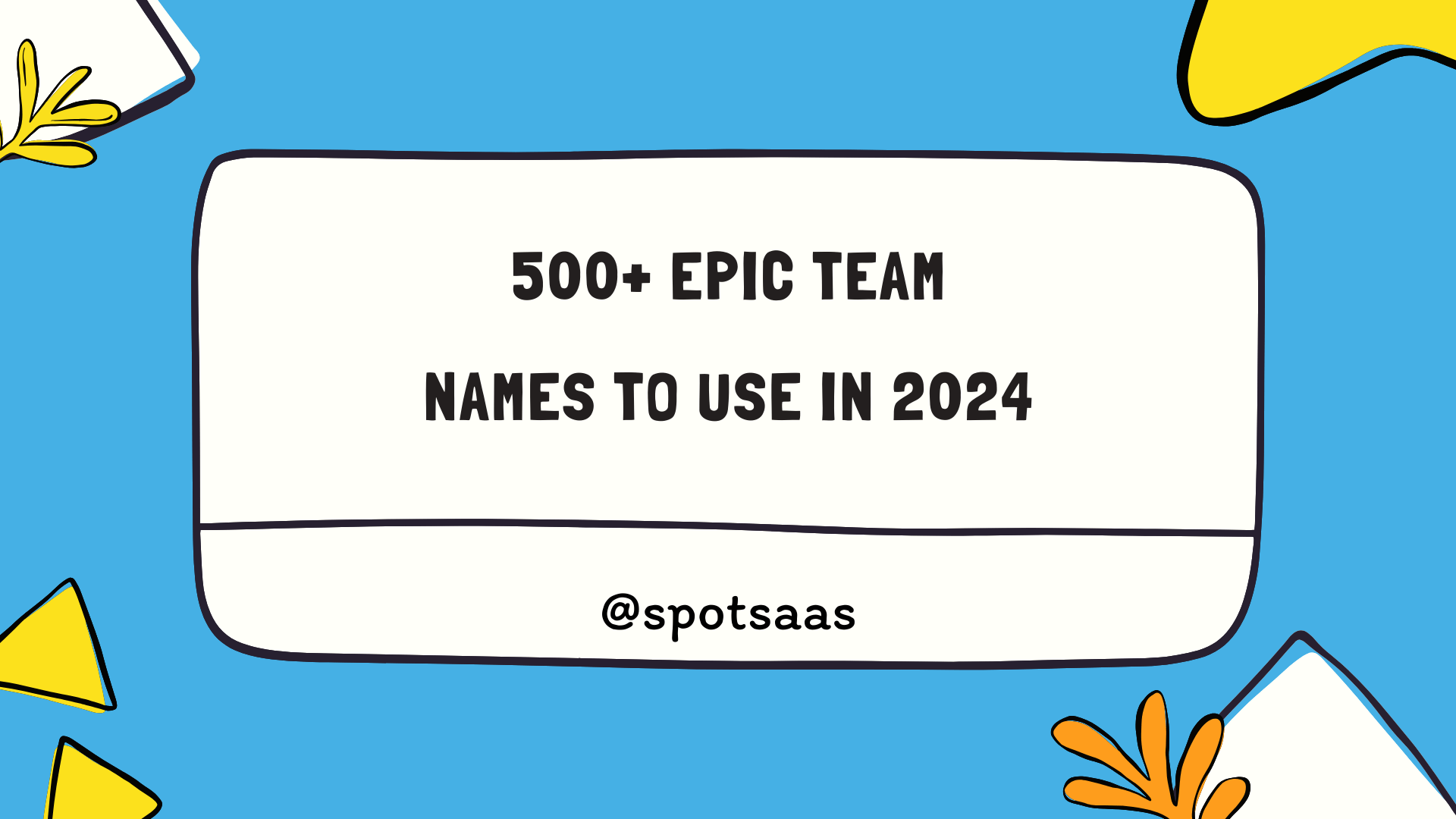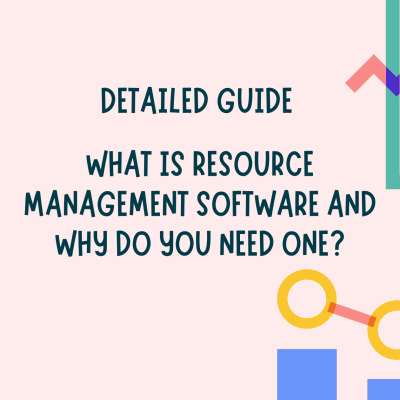Inbound marketing – Examples and Solutions
Does navigating the marketing strategy terrain feel like you’re lost in a maze? Trust me, you’ve got companions. Many businesses find themselves nipping at this tough nut.
This blog post serves not just as your compass but also as your trusty guide leading you out of that confusing labyrinth into the clear light of understanding inbound marketing strategies.
It hits home by leaning on real examples and furnishing actionable solutions tailored to drive both sales and stakeholder engagement alike.
Key Takeaways
- Inbound marketing focuses on creating valuable content tailored to customers’ needs, attracting them instead of interrupting with ads.
- Examples of inbound marketing include newsletters, social media engagement, blogs, infographics, video series, and pay-per-click advertising.
- Successful inbound marketing campaigns like Ryanair and Southend Dog Training have increased brand awareness and drove sales by providing helpful content and engaging with their target audience.
- Effective solutions for inbound marketing include embracing SEO, using buyer personas, and creating shareable content.
What is Inbound Marketing?
Inbound marketing is a strategy that focuses on attracting customers by creating valuable content and experiences tailored to their needs, rather than interrupting them with traditional marketing tactics.
It aims to spark interest and offer solutions through channels such as newsletters, social media, blogs, infographics, video series, and pay-per-click advertising.
Definition
Inbound marketing is a smart way to bring people to your business. It uses stuff like blogs, emails, and social media posts. Here’s how it works. You make things people want to see or read on the web.
They find you when they’re looking for information or having fun online. This type of marketing doesn’t interrupt anyone’s day with ads they didn’t ask for. It lets them find you instead!
Benefits
Inbound marketing offers several great perks. First, it brings more traffic to your site. By sharing helpful content, you draw people in. These people may turn into customers. Second, inbound marketing helps build trust with shoppers. People like to learn about brands before they buy from them. It’s a way to start relationships with potential buyers.
Examples of Inbound Marketing
Inbound marketing examples include newsletters and email campaigns, social media engagement, blogs, infographics, video series, and pay-per-click advertising.
Newsletters and email campaigns
Newsletters and email campaigns are a big part of inbound marketing. They deliver helpful content right to your customer’s inbox. Sending out emails often helps keep you in the minds of people.
When packed with good info, these emails get shared with others too! This can bring in more viewers for your site. Just be sure not to send too much mail. People might start seeing it as spam if there is too much of it.
Check out Email Marketing Software that will help you set up campaigns, followups and track leads.
Social media
Social media plays a crucial role in inbound marketing. It allows businesses to connect with their target audience through platforms like Facebook, Twitter, and Instagram. By creating engaging posts and sharing valuable content, companies can build brand awareness and attract new customers.
Social media also provides an opportunity for customer engagement, allowing businesses to respond to comments and messages in real time. This helps foster relationships and build trust with potential customers.
With the ability to reach a wide audience quickly, social media is an effective tool for driving traffic to websites and generating leads. Additionally, social media platforms offer insights and analytics that help businesses track their performance and make data-driven decisions for future campaigns.
Check out Social Media Software which offers social media analytics and helps you manage social media posts across multiple platforms.
Blogs
Blogs are a powerful tool in inbound marketing. They allow businesses to create and share valuable content with their audience. By writing blog posts that address the needs and interests of their target customers, companies can attract more visitors to their websites.
Blogs help establish a company as an expert in its industry and build trust with customers. They also provide opportunities for engagement, as readers can leave comments or share the blog posts on social media platforms.
In addition, blogs contribute to search engine optimization (SEO) efforts by providing fresh and relevant content that can improve a website’s visibility on search engine results pages.
Infographics
Infographics are visual representations of information or data in a clear and concise format. They use images, charts, and graphs to present complex ideas in an easy-to-understand way.
Infographics are great for capturing the attention of readers and conveying information quickly. They can be used as part of an inbound marketing strategy to attract and engage customers by presenting interesting and shareable content.
Infographics help businesses showcase their expertise, educate their audience, and establish themselves as industry leaders. By using infographics, companies can effectively communicate their message while making it visually appealing and engaging for their target audience.
Video Series
Video series are an effective tool in inbound marketing campaigns. They provide a visual and engaging way to share information, tell stories, and showcase products or services. Videos can be shared on various platforms such as websites, social media channels, and email newsletters.
They help attract and retain the attention of potential customers by delivering valuable content in an easily digestible format. Video series also allows businesses to build trust and credibility with their audience through consistent and high-quality content.
By incorporating videos into their inbound marketing strategies, companies can increase brand awareness, drive website traffic, and ultimately generate leads for their business.
Pay-per-click advertising
Pay-per-click (PPC) advertising is a digital marketing strategy where businesses pay for each click on their online ads. It’s an effective way to drive traffic and increase brand exposure.
Learn about PPC and CPC marketing here.
PPC ads are displayed on search engines, social media platforms, and websites. They appear when users search for specific keywords related to the company’s products or services. The advantage of PPC advertising is that businesses only pay when someone clicks on their ad, ensuring they get value for their money.
It helps companies reach their target audience quickly and can generate immediate results in terms of website visits and conversions. With careful keyword selection and optimization, businesses can maximize the effectiveness of their PPC campaigns and achieve higher sales growth.
Successful Inbound Marketing Campaigns
Ryanair, a low-cost airline, successfully implemented inbound marketing by focusing on creating engaging content through its blog and social media channels. They provided useful travel tips, destination guides, and personalized recommendations to attract and engage their target audience.
This approach not only increased brand awareness but also drove more website traffic and ultimately led to higher sales conversions. Similarly, Southend Dog Training utilized inbound marketing techniques such as informative blog posts, video tutorials, and social media engagement to establish themselves as experts in dog training.
This resulted in increased customer acquisition and loyalty within the local community. The Babish Culinary Universe is another example of a successful inbound marketing campaign where they created a video series showcasing culinary skills and recipes while also engaging with their audience through social media platforms like Instagram and Twitter.
These examples demonstrate how implementing an effective inbound marketing strategy can significantly impact a company’s success in attracting customers and driving sales.
Ryanair
Ryanair is a perfect example of a company that uses inbound marketing to drive sales and engage customers. With their email campaigns, they keep customers informed about flight deals and promotions, sparking interest and attracting new bookings.
They also utilize social media platforms like Facebook and Twitter to interact with customers, answer questions, and share updates about their services. Through their blog, they provide valuable travel tips and destination guides, offering useful content to potential travellers.
Ryanair’s successful inbound marketing strategy has helped them build brand awareness, increase customer engagement, and generate leads for their business.
Southend Dog Training
Southend Dog Training is a prime example of how inbound marketing can be successful in driving sales and attracting customers. Through their website, blog posts, and active social media presence, they offer valuable content that helps dog owners train their pets effectively.
By providing useful tips and techniques through videos and informative articles, Southend Dog Training sparks interest and establishes itself as an expert in the field. This approach not only attracts potential customers but also builds trust with existing ones.
Their commitment to creating shareable and relevant content has helped them generate qualified leads and strengthen their reputation within the dog training community.
The Babish Culinary Universe
The Babish Culinary Universe is a great example of successful inbound marketing. Through his popular YouTube channel, Andrew Rea (also known as Babish) creates engaging and educational cooking videos that attract a large audience.
He offers step-by-step recipes for recreating dishes from movies, TV shows, and video games. By providing valuable content that sparks interest and entertains viewers, he has built a strong following and established himself as an authority in the culinary world.
The Babish Culinary Universe demonstrates how creating shareable and relevant content can drive sales and generate brand awareness through inbound marketing techniques.
Solutions for Effective Inbound Marketing
Embrace SEO, use buyer personas, and create shareable content. Boost your marketing efforts and drive sales with these proven solutions. Read on to learn more!
Embracing SEO
Embracing SEO is essential for effective inbound marketing. Search engine optimization helps businesses improve their online visibility and rank higher on search engine results pages.
By optimizing their website with relevant keywords, creating high-quality content, and implementing technical SEO strategies, companies can attract more organic traffic to their site.
This increased visibility leads to greater brand awareness and more opportunities to engage with potential customers. Embracing SEO also allows businesses to stay ahead of the competition and build credibility in the digital space.
Utilizing buyer personas
Buyer personas are a crucial tool in inbound marketing. They help us understand our target audience better by creating fictional representations of our ideal customers. These personas include details like demographics, interests, challenges, and goals.
By using buyer personas, we can tailor our content and marketing strategies specifically to the needs and preferences of our target audience. This helps us attract the right people to our website or social media platforms, increasing the chances of converting them into leads and customers.
It’s important to constantly update and refine these personas as customer preferences change over time.
Creating shareable and relevant content
For an effective inbound marketing strategy, creating shareable and relevant content is crucial. By developing content that resonates with your target audience, you can attract their attention and spark their interest in your products or services.
Shareable content is valuable because it encourages people to engage with it and share it with others, increasing your reach and visibility. Relevant content ensures that you are providing information or solutions that are useful to your audience, establishing yourself as a trusted source of knowledge and expertise.
This helps build credibility for your brand and strengthens the relationship between you and your customers. Through creating shareable and relevant content consistently, you can establish yourself as a thought leader in your industry while driving traffic to your website and generating qualified leads for your business’s growth.
Conclusion
Inbound marketing is a powerful strategy for attracting and engaging customers. By utilizing tactics such as newsletters, social media, blogs, and video series, businesses can drive sales and increase brand awareness.
To ensure effective inbound marketing, companies should embrace SEO, create relevant content, and utilize buyer personas. With the right solutions in place, businesses can successfully implement inbound marketing strategies that lead to long-term growth and customer engagement.
FAQs
1. What is inbound marketing?
Inbound marketing is a strategy that focuses on attracting customers through valuable content, building trust, and establishing long-term relationships.
Answer: Inbound marketing is a strategy that aims to attract customers by providing them with valuable content and building trust over time.
2. Can you give some examples of inbound marketing tactics?
Some examples of inbound marketing tactics include creating blog posts, social media campaigns, search engine optimization (SEO), email newsletters, and offering free resources like ebooks or webinars.
Answer: Examples of inbound marketing tactics include creating blog posts, social media campaigns, SEO strategies, email newsletters, and offering free resources like ebooks or webinars.
3. How can inbound marketing help my business?
Inbound marketing can help your business by driving more quality leads to your website or store, increasing brand awareness and credibility, nurturing customer relationships for repeat business.
Answer: Inbound marketing can help your business by bringing in more high-quality leads to your website or store while also increasing brand recognition and credibility.
4. Do I need any special tools or software for implementing an effective inbound marketing strategy?
While there are many tools available for managing aspects of an inbound marketing strategy such as analytics tracking or automating emails; it’s not necessary to have special software. It depends on the complexity of your needs and budget constraints. You can start with basic tools like Google Analytics and social media management platforms before investing in advanced ones as required.
Answer: While there are various tools available for managing different aspects of an effective inbound marketing strategy such as tracking analytics or automating emails; having special software is not mandatory. You can start with basic tools like Google Analytics without needing expensive software initially.
5. How long does it take to see results from an inbound marketing campaign?
The time it takes to see results from an inbound marketing campaign can vary depending on several factors such as the industry, target audience, and the consistency and quality of your efforts. It often takes several months before seeing significant results.
Answer: The time it takes for an inbound marketing campaign to show results can vary based on various factors like industry, target audience, and the quality and consistency of your efforts. Typically, it may take a few months before you start noticing significant outcomes.






